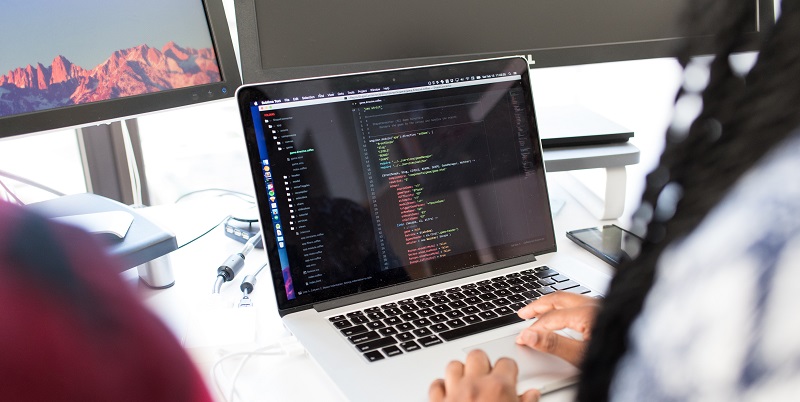The world of blockchain technology is in constant flux. As new developments arise, existing ecosystems must adapt or risk falling behind. One such ecosystem is Terra Classic, an autonomous blockchain developed by Terraform Labs. Despite the launch of Terra 2.0, Terra Classic has remained steadfast in its mission to provide a stable and secure blockchain platform. Now, a group of passionate LUNA holders has proposed a “Six Samurai” plan to revive Terra Classic and take it to new heights.
As of Monday, June 26, the LUNC tokens on Terra Classic are currently valued at $580 million. This impressive figure demonstrates the continued support and belief in the Terra Classic ecosystem by its community of investors and users.
The ‘Six Samurai’ proposal for Terra Classic is a roadmap proposed by six engineers working on the Terra Classic ecosystem. This ambitious plan aims to fully revive the blockchain ecosystem by taking into consideration the current challenges facing Terra Classic and proposing solutions to address them.
The roadmap proposed by the Six Samurai includes several important components. Firstly, the migration from Columbus-5 to Columbus-6 will be undertaken. This is a crucial step in upgrading the Terra Classic network and will improve its efficiency and security. Additionally, an upgrade to the Cosmos SDK will be implemented, providing further enhancements to the Terra Classic platform.
The proposal outlines plans to list Terra Classic on Keplr’s web interface, which offers analytical visualizations. This will enable users to gain a better understanding of the Terra Classic ecosystem and its performance. Additionally, Terra Classic will be listed on Mintscan, a block explorer for Cosmos. This will provide a user-friendly interface for users to interact with the Terra Classic network.
The proposal from the Six Samurai includes upgrading the Terra Classic network to reduce syncing times between nodes. This will enhance the overall performance of the blockchain and make it more user-friendly.
To further incentivize users and developers on the Terra Classic network, there is a plan for building an application that generates yield for token holders. Additionally, the Six Samurai propose rewarding developers for the user activity their applications generate. This will create a positive feedback loop that encourages continued innovation and growth on the Terra Classic ecosystem.
The Terra Luna Classic community is currently voting on a proposal called “USTC/Stable Algo Quant Team.” The objective of this proposal is to improve an existing algorithm, conduct a thorough analysis, and provide valuable insights into its strengths and weaknesses. If approved, this proposal will further enhance the Terra Luna Classic ecosystem and its value proposition for users.
The Terra Classic ecosystem is currently undergoing an exciting period of change and growth, with the proposed Six Samurai plan representing a significant step forward. By addressing the current challenges faced by Terra Classic and implementing innovative solutions, the network is well-positioned to compete with other emerging blockchains. With the continued support of its community, Terra Classic will continue to provide users with a fast, secure, and decentralized platform for financial transactions.

